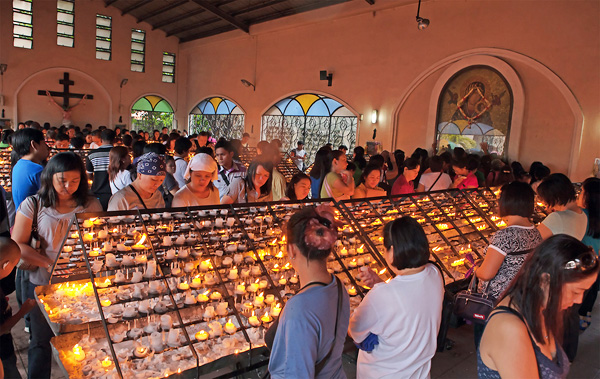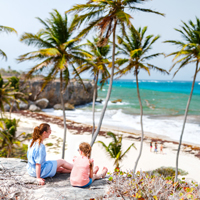
Thinking about moving to Manila? Below we highlight some of the pros and cons of living in Manila.
Manila, the capital city of the Philippines, is a bustling metropolis that is as vibrant as it is diverse. It’s a city that never sleeps, with a rich history, a vibrant culture, and a thriving economy. But like any other city, living in Manila has its pros and cons. This article will delve into the advantages and disadvantages of living in this dynamic city, providing a balanced perspective for those considering making Manila their home.
Pros of Living in Manila
One of the biggest advantages of living in Manila is the cost of living. Compared to other major cities around the world, Manila offers a relatively low cost of living. Rent, groceries, transportation, and dining out are all significantly cheaper than in cities like New York, London, or Sydney. For example, a meal at a mid-range restaurant in Manila might cost around 500 pesos (around $10), while the same meal could cost $20 or more in other cities.
Another advantage of living in Manila is the vibrant culture and history. The city is home to a number of historical landmarks, such as the walled city of Intramuros, Rizal Park, and the National Museum of the Philippines. These sites offer a glimpse into the country’s rich history and heritage. Manila is also known for its lively festivals, such as the annual Sinulog Festival, which features colorful parades, street dancing, and cultural performances.
Manila is also a hub for opportunities. As the country’s economic center, it is home to many multinational corporations, making it an ideal place for career growth. The city’s thriving BPO (Business Process Outsourcing) industry, for instance, has created numerous job opportunities for both locals and foreigners. Companies like Accenture, Convergys, and JPMorgan Chase have large operations in the city.
Furthermore, Manila offers a wide range of recreational activities. There are numerous shopping malls, such as the SM Mall of Asia, one of the largest malls in the world, where you can shop, dine, watch movies, or simply hang out. The city also has a vibrant nightlife, with numerous bars, clubs, and live music venues. For nature lovers, Manila is just a few hours away from beautiful beaches and mountains, making weekend getaways easy and convenient.
Lastly, Filipinos are known for their hospitality, and Manila is no exception. The locals are generally friendly and helpful, making it easy for newcomers to feel at home. Many expats have shared stories of how their neighbors invited them over for meals or helped them navigate the city. This sense of community is one of the things that make living in Manila a unique and enjoyable experience.
Cons of Living in Manila, Philippines
Despite its many advantages, living in Manila also has its downsides. One of the biggest challenges is the city’s notorious traffic congestion. According to a 2019 report by Numbeo, Manila has the worst traffic in Southeast Asia, with commuters spending an average of 71 minutes on the road for a one-way trip. This can be stressful and time-consuming, especially for those who need to commute to work or school daily.
Another downside of living in Manila is the pollution. The city’s rapid urbanization and population growth have led to significant environmental issues, including air and water pollution. According to a 2018 report by the World Health Organization, Manila has one of the highest levels of air pollution in the world. This can lead to health problems, especially for those with respiratory conditions.
Manila’s high population density can also be a challenge. With over 20 million people living in the metro area, the city can feel crowded and chaotic at times. This can lead to issues such as noise pollution, lack of privacy, and competition for resources. For example, finding a seat on public transportation during rush hour can be a struggle, and public spaces like parks and beaches can get crowded, especially on weekends.
While Manila offers a low cost of living, the city also has a high poverty rate. This can lead to issues such as crime and homelessness. While the city’s crime rate has been decreasing in recent years, petty crimes like pickpocketing and scams are still common, especially in crowded areas. Homelessness is also a visible problem, with many families living in makeshift homes along the city’s streets and rivers.
Lastly, Manila is prone to natural disasters, such as typhoons and earthquakes. The city is located in the Pacific Ring of Fire, making it vulnerable to earthquakes. It also experiences several typhoons each year, which can cause flooding and other damage. While the city has measures in place to deal with these disasters, they can still cause disruption and pose a risk to residents.


